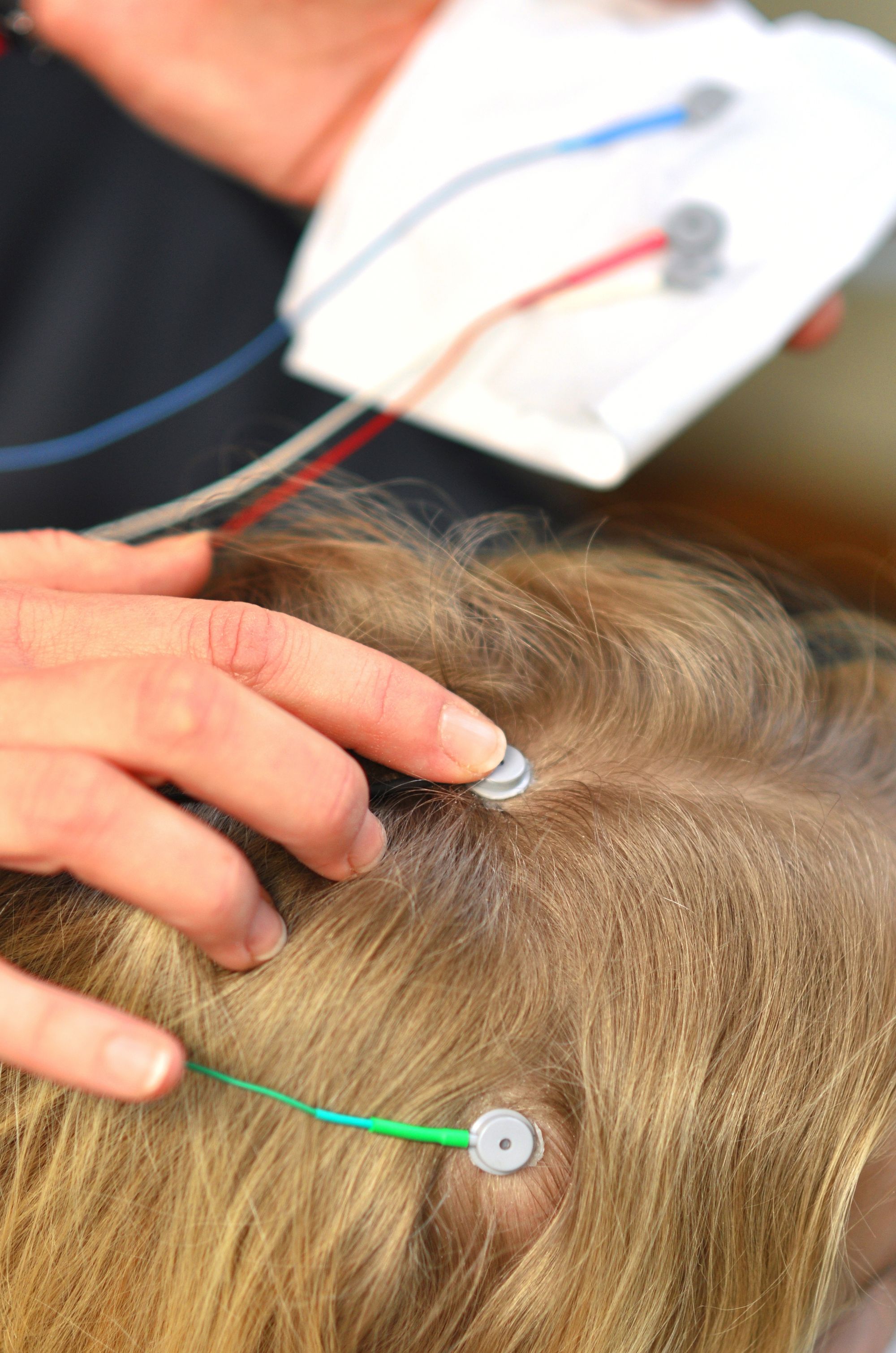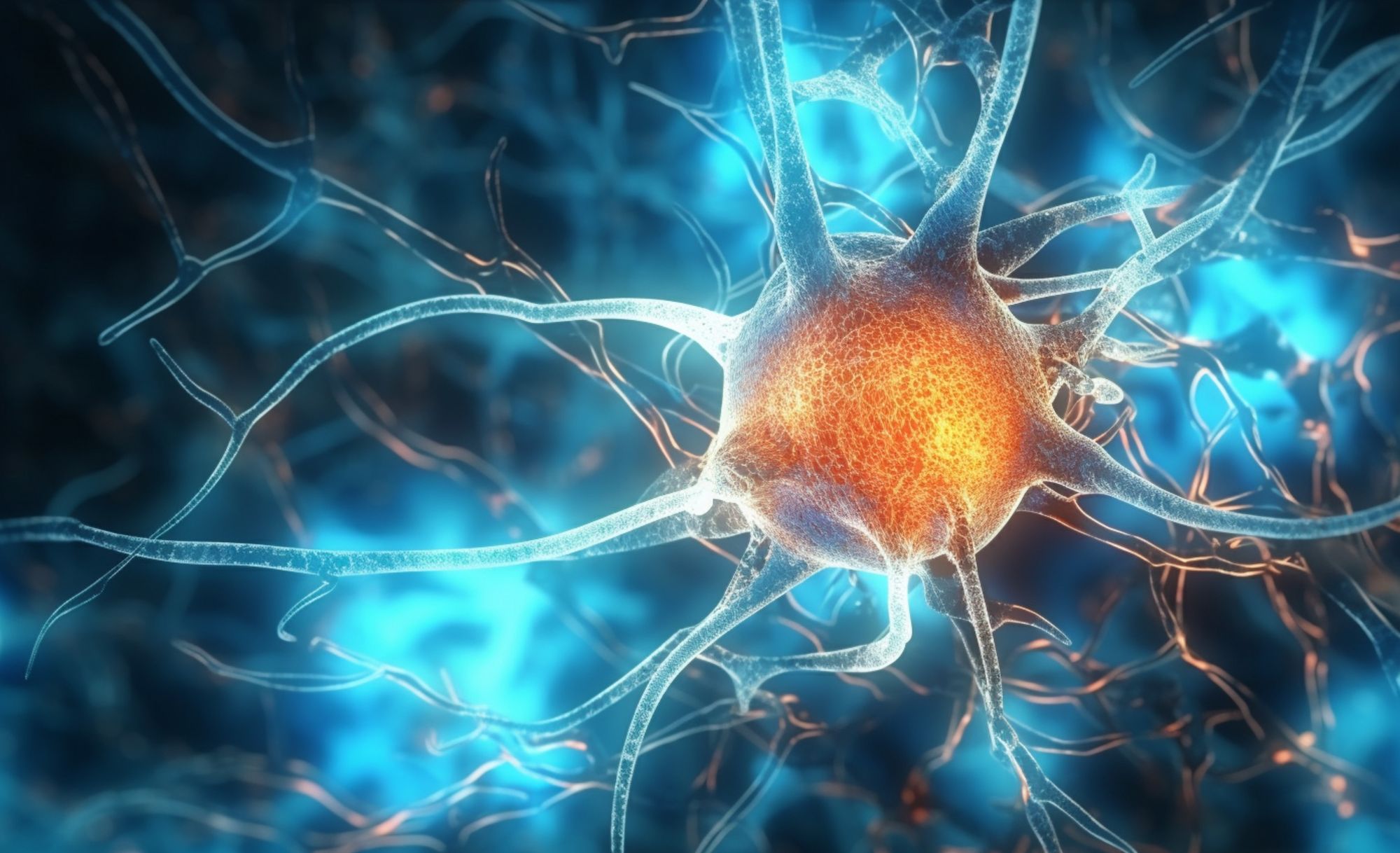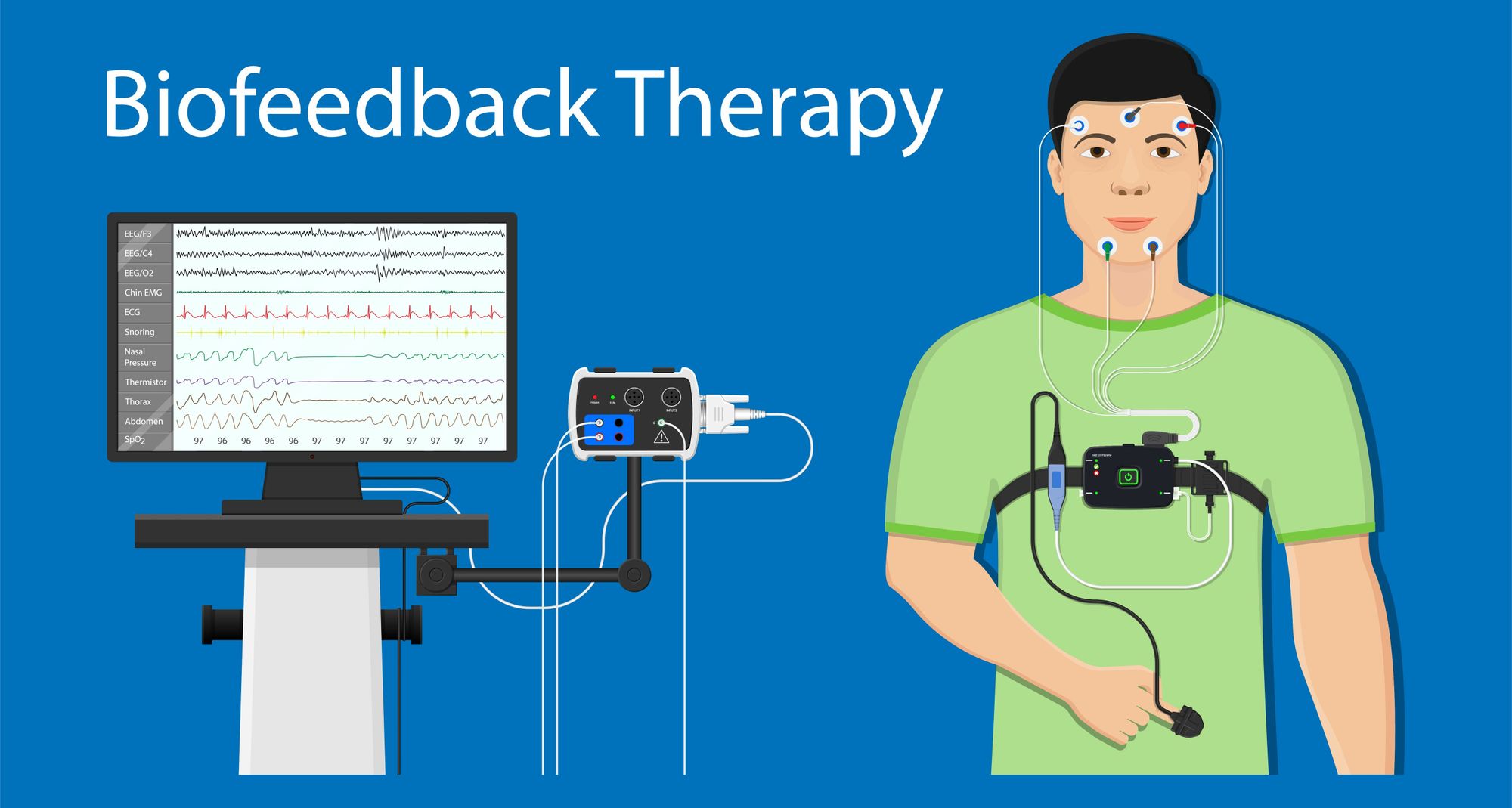Neurofeedback/Biofeedback
What is Neurofeedback?
Neurofeedback can be described using the analogy of a mirror. Imagine you are standing in front of a mirror, and as you move, the mirror reflects your movements in real-time. Similarly, neurofeedback aims to provide individuals with real-time feedback about their brain activity.
In neurofeedback, sensors are placed on the scalp to measure brainwave activity, similar to how the mirror reflects your movements. This brainwave activity is then converted into visual or auditory feedback that the individual can observe. This feedback provides insights into the patterns and levels of brain activity occurring at that moment.
Now, consider that you are trying to improve your posture. When you slouch, the mirror reflects your poor posture, making you aware of the need to adjust and sit up straight. Neurofeedback works in a similar way by making individuals aware of their brain activity patterns. If the desired brainwave patterns are not present or are not within the optimal range, the feedback can indicate this, prompting the individual to make adjustments.
Through repeated sessions of neurofeedback training, individuals learn to self-regulate their brain activity. They can observe how their thoughts, emotions, or external stimuli affect their brainwaves and use the feedback to make intentional changes. Over time, this practice can lead to enhanced self-awareness and the ability to modify brainwave patterns to promote better cognitive function, emotional regulation, or overall well-being.
Just as the mirror helps you become aware of and correct your posture, neurofeedback helps individuals become aware of their brain activity and make adjustments to optimize their brain function. It's like training the brain to "see itself" and make positive changes based on the feedback received.

How do brainwaves affect your wellbeing?
The role of brainwaves in emotional functioning can be compared to the volume control on a music player. Imagine you have a music player with different volume settings. Each setting represents a different emotional state or experience.
When the volume is too low, you may feel calm or relaxed, similar to a peaceful and soothing melody playing softly in the background. This corresponds to slower brainwave frequencies, such as delta or theta waves. These brainwaves are associated with deep relaxation, meditation, and a sense of serenity.
On the other hand, when the volume is turned up higher, the music becomes more intense and energizing. This can be compared to brainwave frequencies like beta waves, which are associated with alertness, focus, and active engagement. Just like upbeat music can make you feel excited or motivated, higher-frequency brainwaves can contribute to feelings of excitement, enthusiasm, or even stress.
Now, imagine that the volume control gets stuck, and the music player gets stuck at a high volume level. In this scenario, the music becomes overwhelming, and it may be challenging to focus or relax. Similarly, when certain brainwave frequencies are overly dominant or imbalanced, they can affect emotional functioning.
For optimal emotional functioning, it is important to have a balanced range of brainwave frequencies, just like adjusting the volume to a comfortable level. This allows for appropriate emotional responses to different situations. When the brainwaves are in a healthy range, it's like having the music playing at a moderate volume that matches the mood or situation.
Through practices like neurofeedback or mindfulness, individuals can learn to regulate their brainwave patterns and find the right balance for emotional well-being. It's like adjusting the volume control on the music player to find the optimal level that enhances positive emotions, reduces stress, and promotes emotional resilience.

What is the process to get Neurofeedback?
Intake Interview
Its purpose is to gather important information about the client's background, current concerns, and goals for neurofeedback. The session usually begins with the clinician explaining the purpose and process of neurofeedback, as well as discussing confidentiality and any necessary paperwork.
During the intake session, the clinician will ask a series of questions to gain a comprehensive understanding of the client's mental, emotional, and physical well-being. These questions may cover topics such as personal history, family dynamics, relationships, current stressors, and any symptoms or difficulties the client is experiencing. Additionally, the intake session is an opportunity for the client to ask questions, express concerns, and discuss their expectations for neurofeedback.
By the end of the intake session, both the client and the clinician should have a clearer understanding of the client's goals and how neurofeedback can be beneficial. This understanding will serve as a foundation for the therapeutic relationship and guide future sessions.
QEEG Acquisition
A QEEG (Quantitative Electroencephalogram) acquisition is a procedure used to measure and analyze the electrical activity of the brain. It involves placing a series of electrodes on the scalp to record brainwave patterns, which are then analyzed to provide insights into brain function and identify any abnormalities.
The process of a QEEG acquisition typically involves the following steps:
1. Preparation: The client is prepared for the procedure by ensuring their hair and scalp are clean and free from any products (e.g., oils or gels) that could interfere with electrode placement. The client may be asked to refrain from consuming caffeine or certain medications prior to the acquisition to obtain more accurate results.
2. Electrode Placement: A technician or trained professional fits a cap to the client’s head and uses a syringe to apply a conductive substance to the scalp.
3. Recording Brainwave Activity: The client is asked to sit quietly with their eyes closed for 5 minutes and with their eyes open for five minutes. The electrodes pick up the electrical activity generated by the brain, and this activity is recorded using specialized equipment.
4. Data Analysis: After the recording session, the collected data is analyzed using computer software. The recorded brainwave patterns are compared to a database of normative data or used to create a "brain map" that shows the distribution of brainwave activity across different regions of the brain. This analysis can provide information about the client's brain function, such as the relative levels of different brainwave frequencies (e.g., alpha, beta, theta) and any abnormalities or deviations from expected patterns.
Overall, the goal of a QEEG acquisition is to provide objective data about brain function and help guide treatment decisions in various areas, including neurofeedback and treatment planning for mental health disorders.
Feedback Session / Report
The results of the QEEG are discussed and recommendations for treatment are made. You have the opportunity to ask questions. A report will be later shared with summary of our findings and treatment plan.

Other types of biofeedback:
HPN
A patented sequence of minute feedback pulses, carefully selected and timed.
These pulses acquire and maintain the brain's attention, and rapidly tease it into a more efficient way of operating. This more efficient mode quickly becomes habit. The brain, after sufficient sessions, learns how to keep improving on its own. Improvement is frequently noticed following the first session.
Although the feedback signal is ultra low power, it results in a measurable change in the brainwaves, all without conscious effort on the part of the individual receiving the feedback. In the process, it begins to establish a new Central Nervous System set point. As sessions are initiated, the effects may sometimes be noticed for only a few days. As the sessions continue, effects are typically noticed for longer and longer periods of time, until there is no loss of effect between sessions.
HRV
HRV stands for Heart Rate Variability. It is a measure of the variation in the time interval between consecutive heartbeats. Contrary to what the name may suggest, HRV is not about the variability of the heart rate itself, but rather the variations in the time intervals between each heartbeat.
A healthy heart does not beat at a perfectly regular pace; there are slight variations in the time intervals between beats. These variations are influenced by the autonomic nervous system, which regulates various bodily functions, including heart rate and the balance between the sympathetic (fight-or-flight) and parasympathetic (rest-and-digest) branches of the nervous system.
Higher HRV is generally associated with better health and well-being. It indicates that the autonomic nervous system is functioning optimally, allowing the body to adapt to various internal and external stressors. Conversely, lower HRV may be an indicator of an imbalance or dysfunction in the autonomic nervous system and can be associated with chronic stress, illness, or other health conditions.

What does Neurofeedback treat?
Neurofeedback is a non-invasive technique that can be used to treat a variety of conditions such as anxiety, depression, attention deficit hyperactivity disorder (ADHD), post-traumatic stress disorder (PTSD), and even certain types of sleep disorders. It works by training individuals to regulate their brainwave patterns, promoting better self-regulation and improving overall brain function. It can be a valuable tool in helping individuals achieve a better state of mental well-being.
